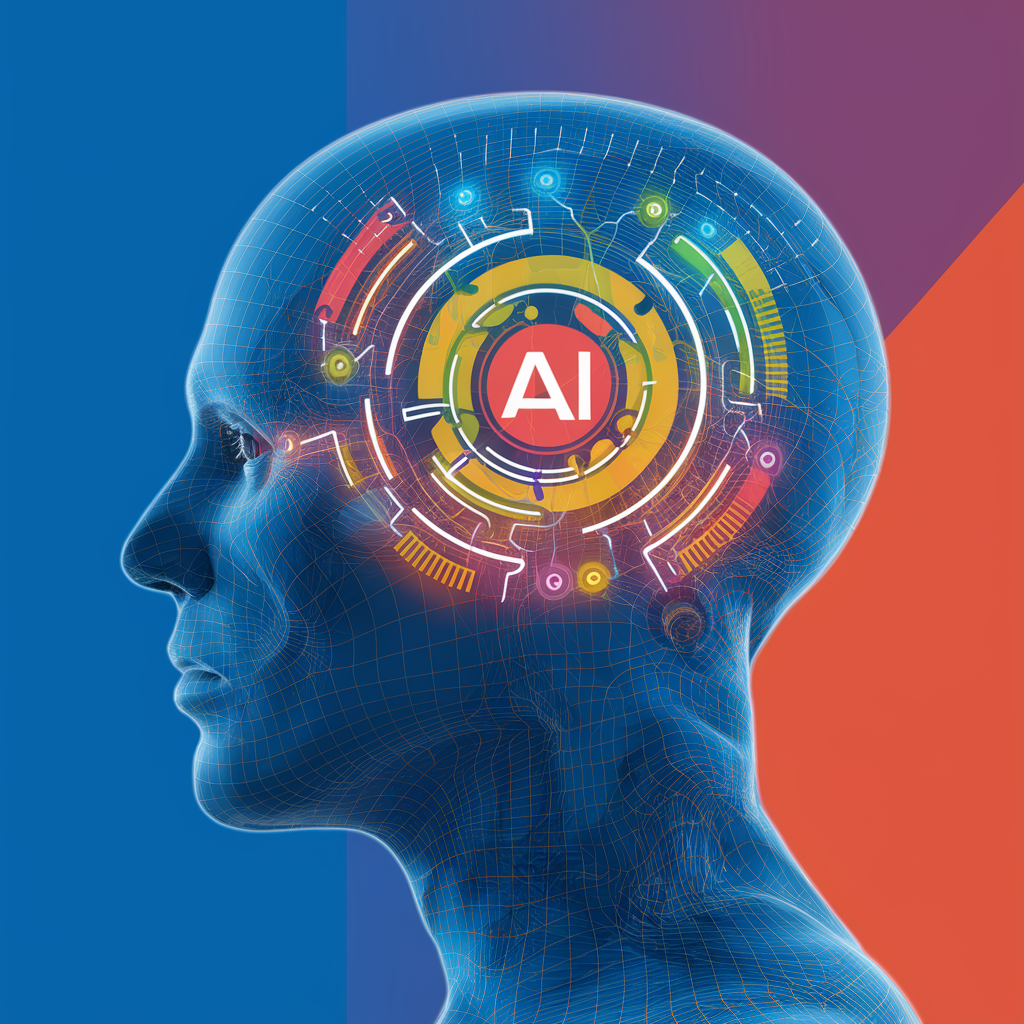

LLMs have emerged as powerful tools for a wide range of applications. However, their open-ended nature poses unique challenges when it comes to security, safety, reliability, and ethical use….topics essential when building for a production level AI solutions.
Example of Risks :
- Rogue chatbot: The Air Canada chatbot promised a discount, and now the airline has to honor such a discount.
- Rogue chatbot: Chevy car dealership accepted a $1 offer for a 2024 Chevy Tahoe worth $76,000
- Leaking confidential information: Employees might accidentally input sensitive data into AI software, leading to confidentiality breaches, legal issues, and leakage of competitive information. For example, Samsung employees leaked sensitive information by using ChatGPT.
Guardrails, as a concept, provide a crucial solution to mitigate risks and ensure production-ready AI development.
What are AI Guardrails?
Guardrails are protective mechanisms designed to guide and constrain the behavior of LLMs. They act as a safety net, preventing unintended consequences such as biased responses, harmful instructions, generation of toxic language or security attacks.
How Guardrails Work
Guardrails operate on various levels to safeguard AI systems:
- Topical Guardrails: These steer conversations towards appropriate topics and prevent LLMs from venturing into sensitive or irrelevant areas. For example, a customer service chatbot can be restricted to discussing product-related queries and avoiding political discussions.
- Safety Guardrails: These filter out harmful or inappropriate content, including hate speech, profanity, or personal attacks. This is essential for creating a safe and inclusive user experience.
- Security Guardrails: These protect against malicious use of LLMs, such as attempts to generate phishing emails, exploit vulnerabilities in other systems, or exploit the LLMs themselves.
- Retrieval Guardrails: Protects against accessing unauthorized data
Specific Examples of Guardrails in Action
- Healthcare: Guardrails can ensure that medical chatbots provide accurate and safe information, avoiding any misleading or potentially harmful advice.
- Education: In educational settings, guardrails can prevent LLMs from generating biased or discriminatory content, promoting a fair and inclusive learning environment.
- Finance: For financial applications, guardrails can help prevent fraud by detecting and blocking suspicious requests or transactions.
- Customer Service: Guardrails can ensure that chatbots remain helpful and professional, avoiding offensive language and staying on topic.
- Recruiting: guardrails can prevent LLMs from generating biased or discriminatory decision or analysis.
Why Developers Should Prioritize Guardrails
- Risk Mitigation: Guardrails reduce the likelihood of unintended negative consequences, protecting both users and the reputation of the AI system.
- Improved User Experience: By ensuring appropriate and safe interactions, guardrails enhance user trust and satisfaction.
- Ethical Considerations: Guardrails help address ethical concerns surrounding AI, promoting fairness, transparency, and accountability.
- Regulatory Compliance: As AI regulations evolve, guardrails can assist in meeting legal requirements and industry standards.
Basic Guardrails in an AI Architecture
This schema was provided by Nvidia and is a simple architectural representation of where the guardrails sit in the data flow.
The Future of Guardrails in AI
The development and implementation of guardrails is an ongoing process. As LLM technology advances, so too will the sophistication and effectiveness of these protective mechanisms. Guardrails have already quickly evolved in the last 12 months and are evolving from rule based solutions to programmatic solutions to LLM powered solutions themselves.
Key Takeaways for Developers:
- Guardrails are essential for production AI development.
- They can be implemented at various levels to mitigate risks and ensure safety.
- Prioritizing guardrails enhances user experience, builds trust and protects resources
By embracing guardrails as part of your architecture design, we can unlock the full potential of AI while minimizing its risks.
The post Building Production-Ready AI Solutions: The Essential Role of Guardrails appeared first on MarkTechPost.